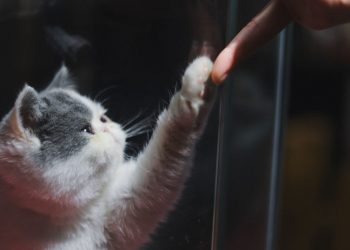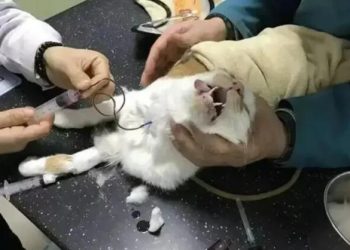Pet dogs are trained in pet schools.

Compared with two years ago, the global pet economy presents some new features: With the improvement of pet owners’ spending power and the drive of emotional factors, pet consumption has shown a trend of “light mother and baby” and “anthropomorphic”. Begin to regard pets as part of the family, pet owners will not only spend on food, clothing, housing, transportation and medical care for pets, but more and more people are even willing to try offline services such as weight loss and education with pets; Expanding pets’ communication, alleviating pets’ “loneliness”, and even giving birth to online services such as pet blind dates and pet parties.
Bingo, a puppy who is less than 1 year old this year, has a more controllable behavior among a group of “classmates”. He is an introvert because he was frightened by another puppy when he was a child, resulting in “social difficulties”: going out It’s easy to get excited when you meet a stranger, and it’s easy to be frightened when you meet a strange puppy. In order to better “socialize” bingo, the owner sent it to a pet school in early April this year.
Pet schools aren’t cheap either. When the reporter searched, we found that the cost of training courses in most pet schools ranges from $500usd to $2000usd, and the duration of the course is about one week to one month. The content of the course is adjusted according to the price. people
“Most behavioral problems in pets are actually related to the owner’s original behavior and management methods. For example, the owner is too indulgent or indulgent, and unscientific interaction methods, etc., cause the puppies to have various behavioral problems. “The trainer said, “So we also need to train pet owners synchronously during pet training. Only when the owner actively adjusts the mode of getting along with the puppy can we ensure that the pet will not return to its original state after returning home. In most pet training In the base, it is not so much that pets go to school, it is more that pets and pet owners are learning and progressing together.”
Today, Ms. Zhang from China posts photos of her cloned dogs from time to time on the Internet, “They look and sound almost exactly the same. I know they are not the same life, but for me, the most important thing is that what was lost comes back. I don’t have to remember anymore.”
Most of the people who choose to clone pets are out of emotional needs; however, on social platforms, there are also people who oppose pet cloning, saying that pet cloning is essentially just “changing a pet with the same appearance”. When the reporter asked an industry insider, the other person also said: “Technology may be able to replicate the living body, but it cannot replicate the soul and memory. Even sometimes, the pet cloning technology cannot guarantee that the cloned body is exactly the same as the original pet in appearance, especially It’s a cat, because of the genetic differences, the probability of a cloned cat showing differences in appearance, such as coat color, is greater than a cloned dog.”
Also to be verified are the health issues of cloned animals: it is understood that the cloned sheep “Dolly” died of “lung infection” due to geriatric disease at the age of 6; although the follow-up cloned 4 Only “New Dolly” was able to live beyond the age of six, but it also failed to escape doubts about the susceptibility of cloned animals to disease or premature aging.
In addition, the “moral and ethical” issues that arise in pet cloning are also controversial. According to the reporter’s understanding, the pet dog cloning process is: extracting cell samples from pets, extracting cells to establish lines, transplanting somatic cells into oocytes to construct cloned embryos, implanting cloned embryos into surrogate mothers, and developing into clones through pregnancy . In this process, in order to improve the success rate, it is not only necessary to invest a lot of experiments and human and material resources, but also a lot of experimental surrogate animals, which is also harmful to these animals. A doctor from a pet hospital said: “At present, the resistance to pet cloning surrogacy abroad is stronger, making it difficult for many pet cloning businesses in Europe and the United States to advance.




















